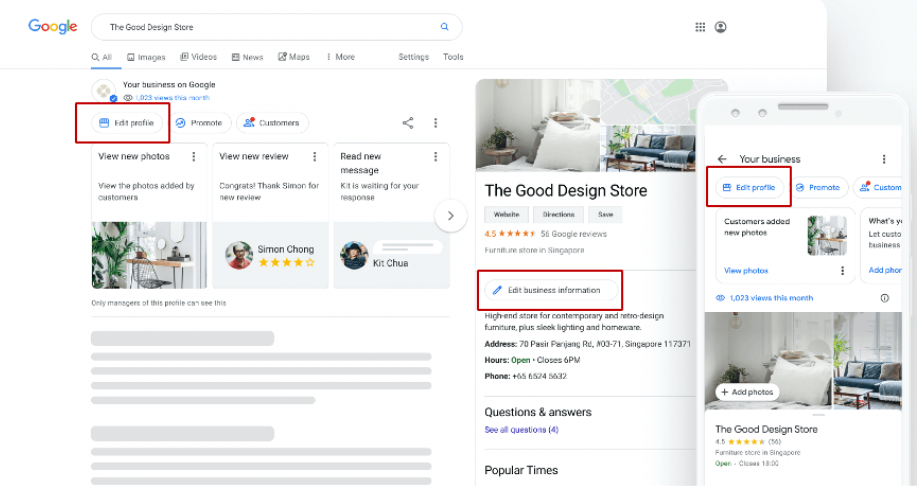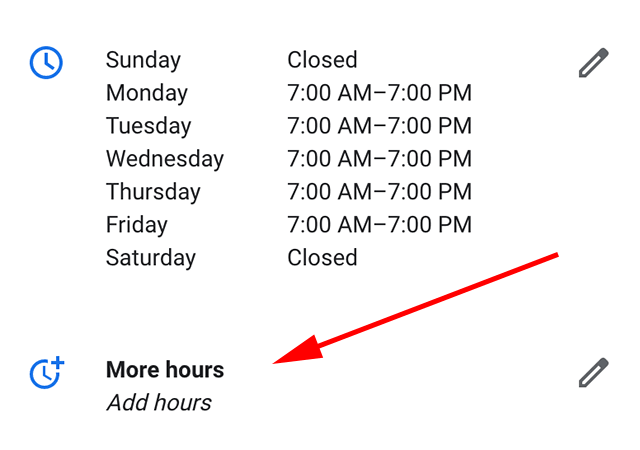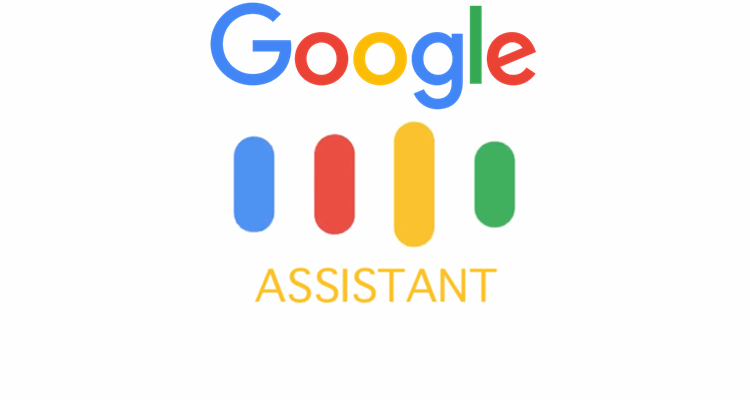Gone are the days when you could just create a web page regarding one of your long-tail keywords and Google would love (i.e. index) it. Web site owners need to create pages with real value to the consumer, as this article excerpt from SearchEngineLand points out:
Here’s the new approach:
- Take your best and brightest and brainstorm. Gather your team in a conference room and come up with ideas for pages/content you might want to create. Do this before you get too deep into your research. If you are really good at your business, you have a lot of domain expertise already — so get the best out of your internal knowledge before you corrupt it with additional “facts.” Your own creativity will often produce ideas that extensive research does not.
- Brainstorm user needs. Figure out the top 5 (or more) things users want to know when they land on a page offering products or services like yours. Interview past users, poll prospective customers, and do online research within your niche. Map out content that addresses common consumer questions in as much detail as you can. As you do this, take the time to go much deeper than you will need to on the page itself — it’s best to have too much information at your disposal rather than too little.
- Research complementary products and services. Now that you have thought in detail about what people need from your product or service, what are the other things that people will want at the same time that you don’t offer? Does it make sense to create content focused on those things? If feasible, use this information to create a comprehensive solutions guide that helps prospects with every aspect of the problem they are trying to solve, not just the piece that you address directly.
- Research what the bulk of competitors are doing. Use your competitors as a baseline — after all, you will need to do better than they are. Copying your competitor’s approach is a bad strategy. Competitors may get away with a crappy site experience, but it’s a bad plan for you. You should plan for excellence — this is the best way to build a sustainable long-term strategy.
- Research what authoritative competitors are doing. You looked at the bulk of your competitors to get a baseline. Now, look at the very top people in your space to see what they are doing differently. This will give you some additional clues. I like to delay this step because it is best to not corrupt your creativity in the early stages. But, now you can use it to develop a whole set of fresh, new ideas.
- Do some quantitative research. Now that you have the basic ideas, start doing some research into keyword volumes to help you prioritize what is most important. This is onlyone input into the equation — don’t overlook the importance of the user experience, too. Just because something has twice as much search volume does not make it front and center if it is really a tertiary piece of information to a user. I have a strong preference to put the most important information to a visitor front and center, and treat keyword volume as a secondary factor to alter the balance in otherwise close calls.
- Create an initial design, and obtain feedback. Now that you have a sense of priorities, develop one or more strawman designs with the goal of obtaining feedback. Honestly, it can be surprisingly cheap to get feedback on different mockups, using services such as UserTesting.com or even Mechanical Turk.
- Gut check: does the page deserve to exist? You can actually do this at any stage in the process, but you should do it at least once every time a page is published. Is there a legitimate reason for the page to exist? I should refine the question a bit: does it add some redeeming, real value to the Web or your website? If you have a blue widgets webpage, you probably don’t need a round blue widgets webpage, a square blue widget webpage, and 4?-diameter round blue widgets with blue trim webpage, etc.
Summary
The key message I am pushing here is the shift toward a more user-content-centric view of the world. SEO is not dead, but it can no longer be the single cause of the website for your business. Priority #1 has to be the user experience — from there, you can add SEO wisdom to the mix.
That said, you can still create pages for the long tail. But you will have to invest more than you would have had to three years ago.



